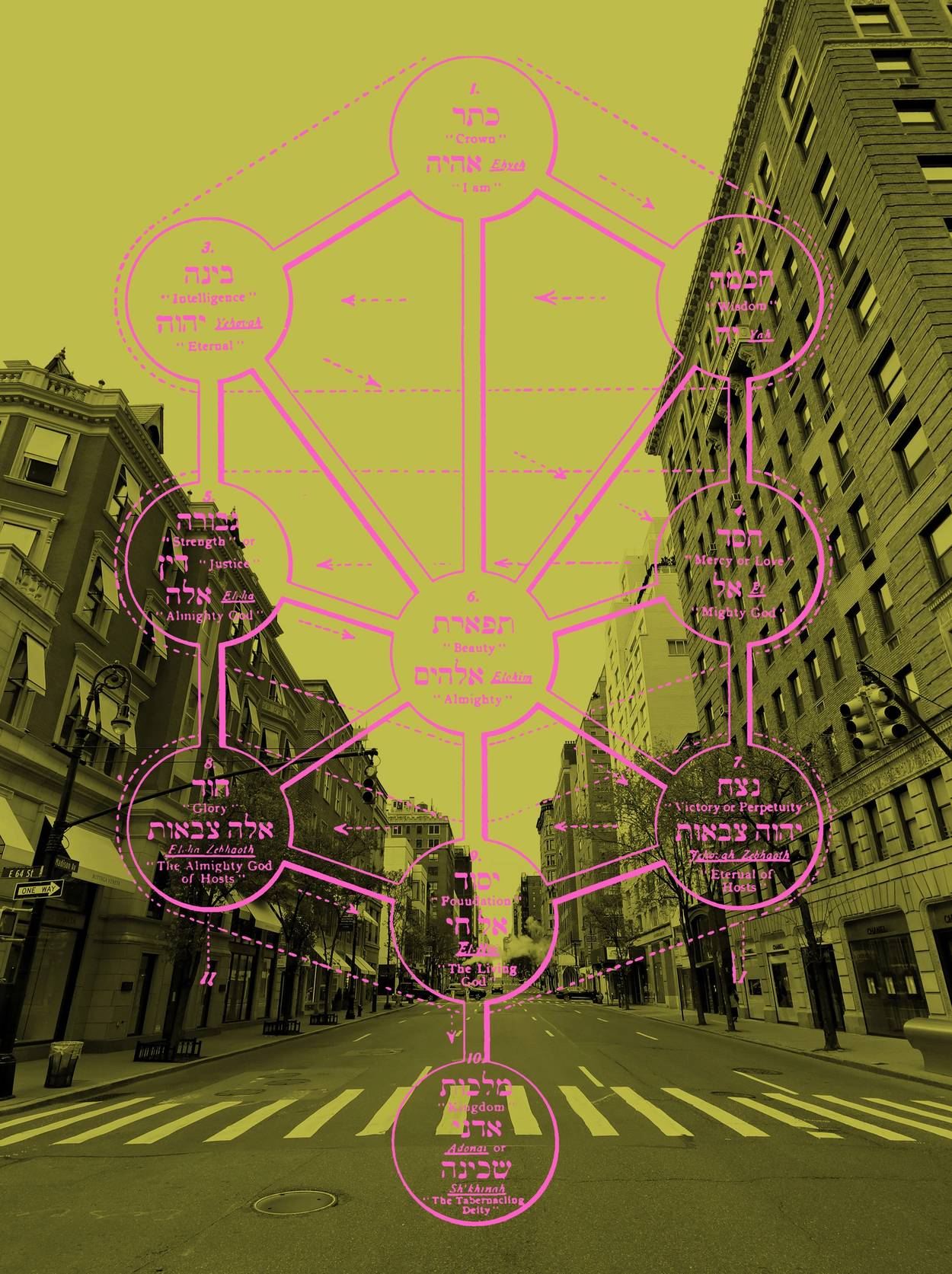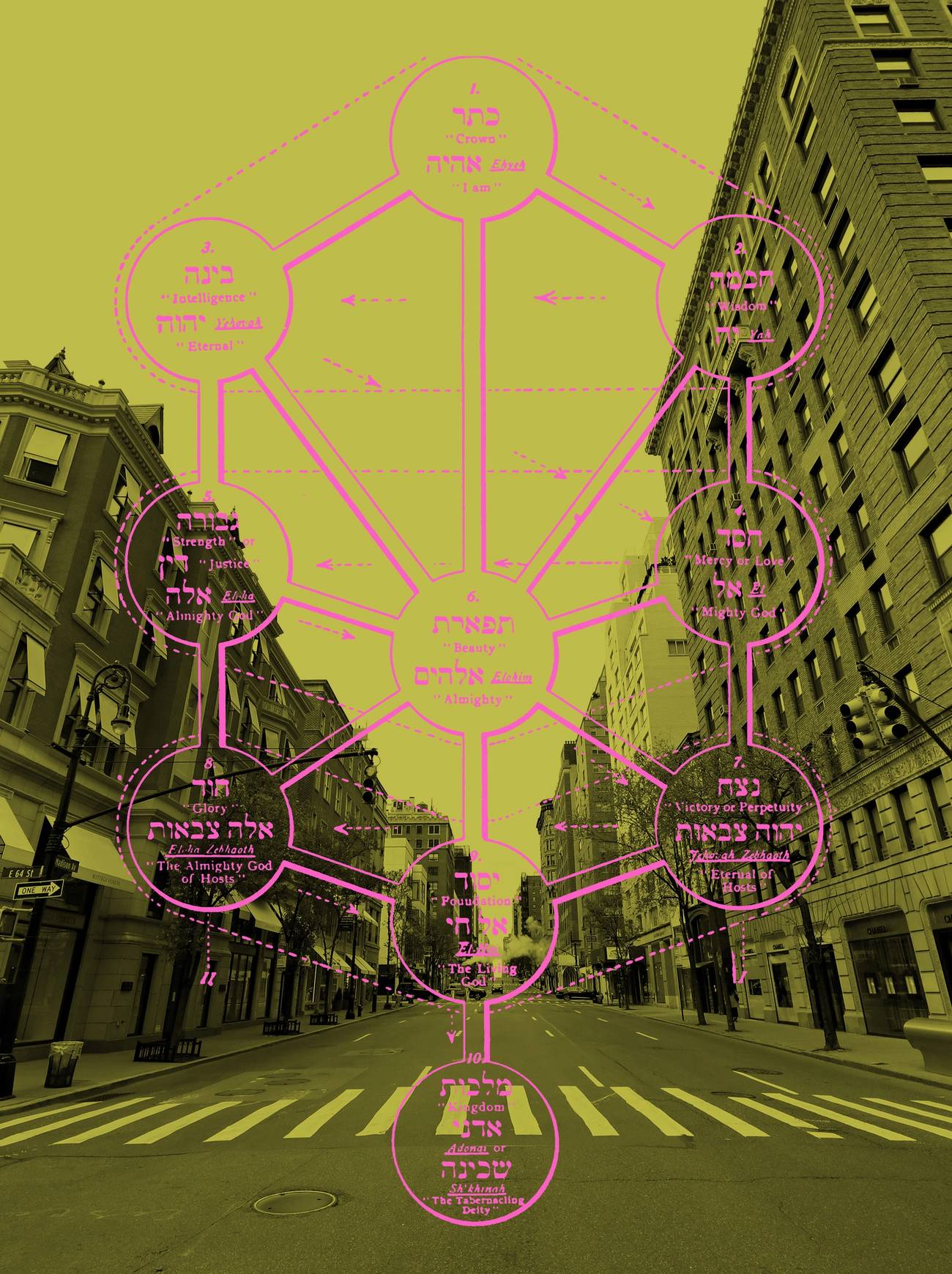Counting the Omer in a World Without Time
As days blur into one another, finding value in a Jewish ritual that gives each day its own specific meaning




The Jewish calendar is big on time. Shabbat comes every week, whether or not Friday night feels like a Tuesday or a Thursday or a hilarious foreign concept from a future world where months still have weeks and weeks still have days. I don’t remember how many days it has been since I spoke with my sister, washed my dishes, or washed my hair. I think I did all three yesterday. But I know that Friday night to Saturday night is still a discrete unit of time that will differentiate for me one week from the next, however faintly. Recently, when Tom Hanks joked, as a remote host of the first virtual episode of Saturday Night Live, that “there’s no such thing as Saturday anymore. It’s just, every day is today,” I laughed. Because, as a Jew who likes to recognize Shabbat, the only day that still exists for me anymore is Saturday.
And now, thanks to the Omer, I know with exacting precision how many days have passed since Passover.
I was 17, a senior in high school and visiting an older friend at Brown University when I first learned about the characteristics of the sefirot, the 10 manifestations of the divine that descend, link by link like a jungle gym ladder from heaven, to connect our world to the divine abyss above. I was told to call this abyss ein sof, and that it was beyond comprehension. The visit must have been sometime after Passover and sometime before Shavuot, because each night for the nine days I visited, a group of students would gather in one of the rooms of the Brown Hillel to count the Omer.
The Omer is the 49-day period counting from the second day of Passover to the first day of Shavuot, and according to traditional Jewish law, each day of this period must be ritually counted. Like all Jewish rituals, there are rules: The day must be counted at night, after sunset and with the appropriate blessing. You cannot name the day of the Omer until it is counted with a blessing. If on the 27th day of the Omer (after sunset) someone asks you what day it is (but you have not yet counted with a blessing), you must say: Yesterday was 26. If you forget one night to count you can count in the morning, but if you forget again you’re out for good. You can continue counting at that point, but without the blessing, and therefore it doesn’t really count. If you are very bummed about this you can try and listen to someone else count with a blessing, every day, so you can then say “amen” to their blessing, like a wounded athlete cheering his teammates still on the field. There are Omer calendars and toothbrushes and WhatsApp groups to remind people to count. I have never made it past day 11.
Technically, according to the Bible, an “omer”is simply a biblical measure of grain, and we are counting the days between the first grain offering of the year and the new meal offering given at the peak of the harvest season, 50 days later. The whole thing is simply a way to count down the harvest season. But over the years, as Shavuot morphed from a harvest festival to the holiday celebrating the day the Jews received the Torah at the foot of Mount Sinai, Jewish philosophers and commentators have seized on this calendrical link between Passover and Shavuot to push for a more robust religious underpinning.
Which is why, if you had asked me in high school why we were counting, I would have told you that the Omer marks the 50-day period between when the Jews escaped the tyranny of Pharaoh and when they received the Ten Commandments in the desert; that this counting is our link between freedom and salvation, a marking of the seven weeks in which we wandered the desert free from Egypt but not yet quite under the yoke of God. I would have told you the people were free but not yet fulfilled in their purpose, like a grain, perhaps, that had begun to sprout from the earth but has not yet been harvested into wheat and turned into bread (the biblical premise lingered in pedagogical metaphor). I would have told you that the counting was a ritual of progress, a way to move the Jewish people forward in their story of nation-building and divine service.
But over the centuries, unbeknownst to my teenage mind, the counting of the Omer had also taken on a mystical quality. Starting, most likely, with the Lurianic Kabbalists who emerged in northern Israel in the 16th century, each of the seven weeks of the counting of the Omer had begun to be associated with one of the seven sefirot, those mystical manifestations of divine characteristics. And each day within the week corresponded to the same succession of sefirot.
For example—and bear with me if this is not your jam because things are about to get very mystical here but I promise there is a point at the end—the seven sefirot are:
Hesed (lovingkindness)
Gevurah (strength/discipline/justice)
Tiferet (compassion/harmony)
Netzach (endurance)
Hod (humility)
Yesod (bonding/foundation/intimacy)
Malchut (sovereignty/nobility/kingship)
Hesed lives closest to the realm of the ein sof, and malchut is the sefirah that lives closest to our world. This is a snapshot of that ladder which knits us to God and through which the portal of divine actions pass through to our world. The first week of Omer-counting, in this system, is considered the week of hesed, and then each day within that week takes on a secondary attribute. So on the first day one would consider the attribute of lovingkindess within lovingkindess, and then on the second day the attribute of justice or strength within lovingkindness, then harmony within lovingkindness, endurance within lovingkindess, humility within lovingkindness, relationship-building within lovingkindness, and nobility or majesty within lovingkindness. That process is repeated with the second week, which is the week of gevurah, and so on until the week of malchut completes the 49 days.
There are meditations and blessings that go along with thinking through the Omer this way, and a whole theology of divine reunification, but for many people the central idea is to meditate on the attributes of the respective day: What would it mean to incorporate endurance into our acts of lovingkindness? To show nobility within our humility? To give discipline to our compassion?
As we gathered each night at Brown, cross-legged on couches and never more than five or six people at a time, we chanted the blessings and then asked ourselves: Am I sometimes too one-off in the way I approach charity, where I am happy to pitch in for the day but reluctant to stick through the slog of a larger and more messy moral problem, and does my kindness need endurance? When I build new friendships, do I overthrow my own opinions and shape my personality to the new person in front of me, and does my bonding need more nobility and leadership? The sincerity and the genuine processing sucked me in like a stumbling doe. On the fifth day of the week of humility we asked if our humility needs to be more humble (is it just masking pride?) and on the seventh day we wondered what it would look like to live a humble life majestically and nobly, and if too often humility is lived through self-abasement. I felt like this was the kind of Judaism that could actually transform lives.
Like many things that happened when I was 17, I fell in love with the ritual and assumed my life would continue with this practice forever. But then I graduated from high school and sought new paths and found that every year I would fondly think about the sefirot whenever Passover rolled around, and once I even signed up for a daily email chain, but it never took on the ritualistic purpose in my life I had once imagined it would. My own discipline was lacking, perhaps, and in the rush of days and years, counting time never took priority.
I’m now on day something something something something of this quarantine, and counting has never felt so critical: 20 seconds for hand-washing, 24 hours until packages are safe (maybe?), two more weeks until we revisit the shutdown. Each week, I nervously field calls from my parents living in New York City, and craft new heartbreaking messages to friends, neighbors, and acquaintances. But within the ritualistic counting that makes up my day, counting the Omer—far from a ritual of progress—snuck up on me this year like a sick joke: I saw the 49 days stretch out over weeks without number, never changing in their similarity, bringing us not closer to the surety of purpose but to some new, unknown place of wandering and worry.
And so I have revived my beloved sefirot, filling the emptiness of counting with their wildly impractical but optimistic conviction that each day is not just some holding unit of time but holds the promise of a distinct and unique virtue in its own right. After all, no two days of the Omer hold the same characteristics. Instead, each day we are called upon to act with some new understanding of the world, or some new understanding of ourselves.
I do not want to oversell the message. Maybe the whole thing is just a measure of wheat onto which some bored rabbis centuries ago fostered a whole system of meaning. But either way, I am comforted that we live inside a Judaism in which time cannot stop. Shabbat is never canceled for one week. The days between wandering freedom and accepting our purpose on Earth must be counted. Shavuot will be celebrated, 49 days after the second Passover Seder, be it over Zoom or by ourselves or, maybe, in some other way we cannot yet imagine.
I signed up for a new WhatsApp group on the second day of the second week of the Omer, which is discipline within discipline. A bit heavy-handed of God, sure, but I’ll take the point.
Shira Telushkin is a writer living in Brooklyn, where she focuses on religion, beauty, and culture. She is currently writing a book on monastic intrigue in modern America.